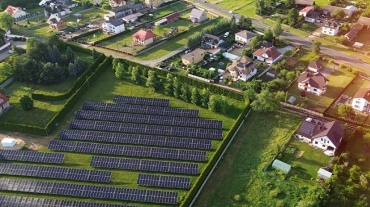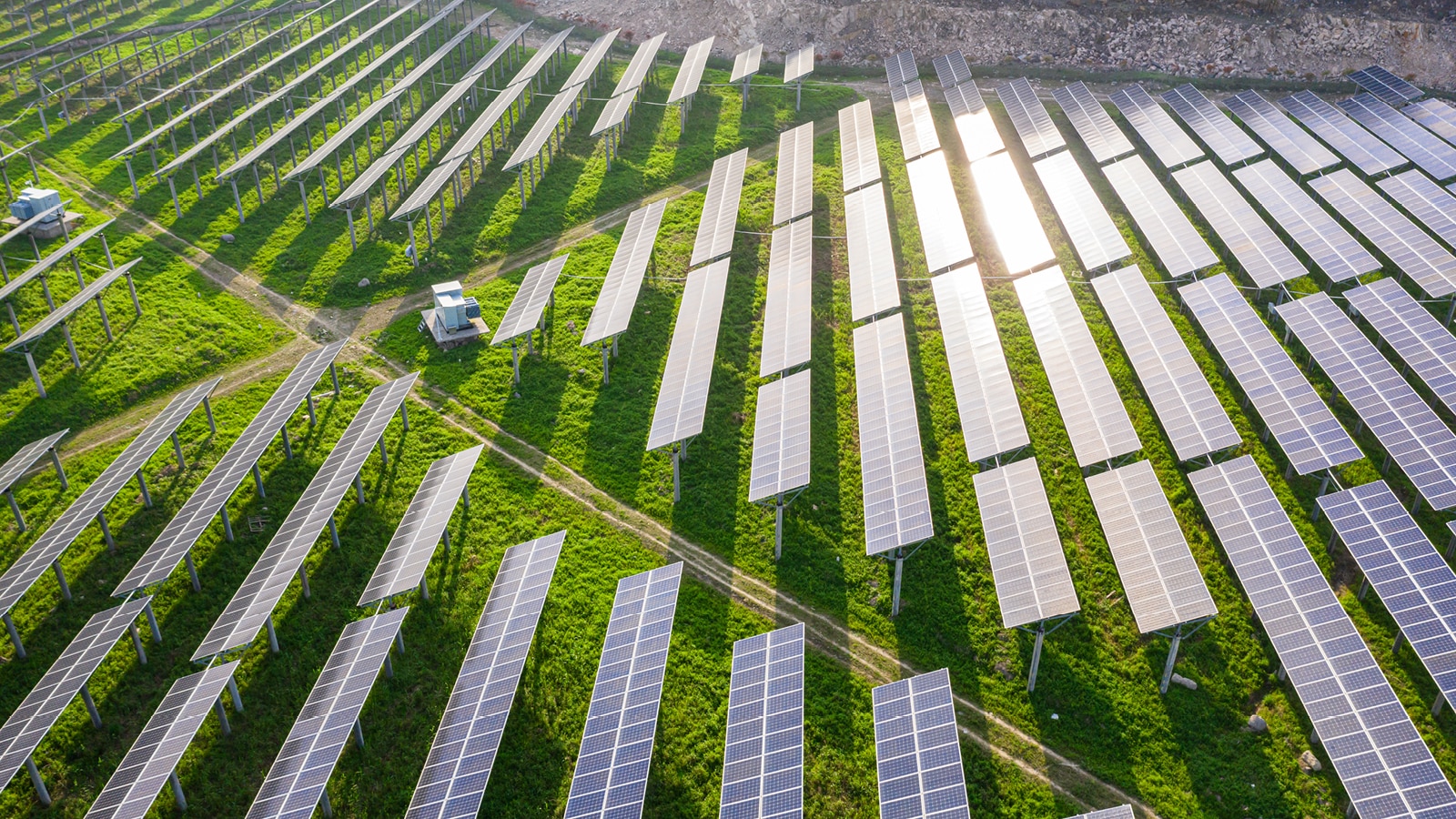
Top priorities for utilities in 2023
Becoming an energy service provider of the future

For the first time in a few hundred years, we’re seeing five megatrends concurrently impacting our world. These are climate change, technological disruption, demographic shifts, fracturing world and social instability. As we move into the future, organizations will need to consider strategically which areas to address, as no single entity can deal with all five simultaneously.
Our view is that the utilities sector can have an influence on the impacts of climate change and technological disruption, and in so doing, positively influence the other three megatrends.
These are the key areas around which utilities organizations need to build their strategies in 2023.
Top three priorities for utilities organizations
1. Increase organizational resilience
For utilities today, the most immediate priority is being as resilient as possible in a quickly evolving risk landscape.
While many utilities would say their core business is responding to crises like severe weather events, many have been doing this the same way for many years, even as potential crises are increasing both in volume and complexity. As these risks expand to include cyber, financial and talent events in addition to growing environmental concerns, there’s never been a better time to take a proactive approach.
For example, a cyber event can impact a utility and its entire customer base without a single tree falling on a line, and the number—and sophistication—of cyberattacks is increasing exponentially. At the same time, it’s becoming more difficult for organizations to access capital, as financial institutions are continuing to include environmental, social and governance (ESG) and Indigenous metrics in investment decisions. All of this is happening against the backdrop of historically high employee turnover across the industry.
While crisis is, by definition, unexpected, C-suite leaders and organizations need to critically assess the risk landscape. They must be prepared to respond effectively to whatever happens in a way that leverages the latest tech and capabilities and reduces the impact on customers and stakeholders.
2. Prioritize sustained affordability
The second area around which utilities organizations need to strategize is sustained affordability. We expect Canada's climate change regulations aimed at reducing carbon emissions to ultimately result in increased demand for electricity. But as inflation and recessionary pressures increase, utilities organizations will need to streamline their work to ensure affordability for ratepayers and continued returns for shareholders, as well as to free up capacity for change.
Embracing disruption will be key. It’s about figuring out how to take advantage of all forms of disruption, including IT (e.g. mobile, cloud and analytics), energy technologies (e.g. distributed energy resources, electric vehicles and batteries), operating and hybrid working models and even regulatory models.
We’ll likely see significant acceleration in the development and adoption of transitional technology in Europe due to the energy crisis, especially advancements in carbon capture, small modular reactor nuclear generation, smart grid technology and load-management technology.
It’s crucial for Canadian utilities and regulators to transform, adopt new technologies and change the way they’re working and operating to make sure they’re in the strongest position to leverage innovations such as these as they become available and meet increasing demand.
3. Become the energy service provider of the future
Forward-looking utilities organizations are already strategizing how to become a trusted partner in energy management.
We know the future of energy is transition. Utilities need to figure out how to build full-service solutions to provide to their clients, or they’ll lose out on significant load growth and revenue opportunities—and be increasingly exposed to tech disruption in the market.
We’re already seeing major commercial utilities customers looking for innovative off-grid solutions. They’re interested in saving money, meeting stakeholder demands for lower-carbon and more cost-effective power, and being able to report on using alternative methods to both generate and reduce the consumption of energy.
It won’t be long until utilities will need to be able to provide customers of all sizes with alternative energy sources. This will range from, for example, mining companies looking for new generation and transmission solutions all the way to private individuals exploring solar, wind and/or heat pump options to enable them to reduce demand on hydrocarbon generation.
Next steps
One of the major issues in the Canadian utilities market today is that Canadian regulations don’t yet incentivize utilities to achieve these three priorities.
That said, the utilities sector is in a position to be a leader in reducing the impacts of climate change. We see an important opportunity for utilities to influence regulatory reform and transformation and be in the vanguard of the industry. Our goal at PwC Canada is to bring together industry, customers, regulators and governments to facilitate the process of finding collaborative solutions.
Are you interested in learning more about how to become an energy service provider of the future? Contact us to continue the conversation.
Contact us




















